1. Pets Are Now Full-Fledged Family Members
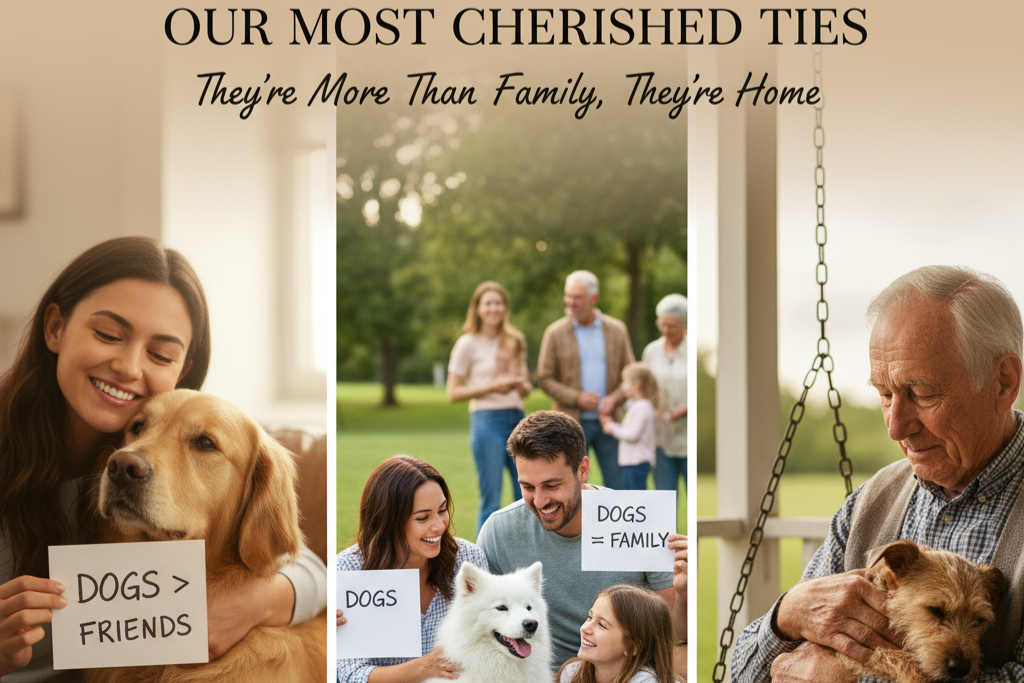
Fifty years ago, many pets subsisted on dry kibble or table scraps. Today, however, that dynamic has completely changed. Americans are now spending significantly more on their pets, a rise that mirrors a societal shift where dogs and cats are increasingly viewed as “fur babies” deserving of the same dietary consideration as children. For example, the American Pet Products Association (APPA) reported that annual spending on pet food and treats rose from $28.2 billion in 2017 to an estimated $58.1 billion in 2023, demonstrating this massive jump in commitment. This rise reflects a growing conviction among owners that pets deserve carefully considered, high-quality diets rather than just basic, afterthought meals. The emotional connection fuels the financial one, making premium food less of a luxury and more of a standard of care for many households.
2. The Pandemic Created Unbreakable Bonds
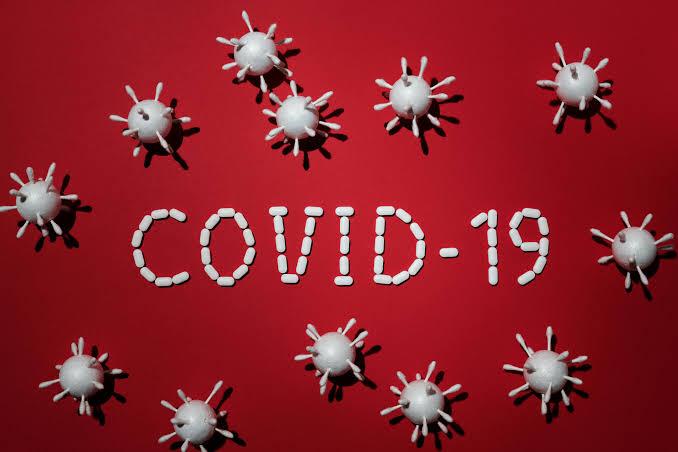
The COVID-19 pandemic acted as a major catalyst for the premium pet food boom. As over 11 million households adopted a pet during the initial lockdown period, people found themselves spending unprecedented amounts of time with their new companions. This deep, shared experience elevated pets from mere companions to central family members. Confined at home, many owners began to project their own wellness and health-conscious food choices onto their dogs and cats, leading to a demand for options like organic, human-grade, or gluten-free meals. This shift in perspective, treating pet food as an extension of one’s own clean eating philosophy, directly fueled the growth of the premium and fresh pet food market, setting a new, higher standard for what pet food should be.
3. Freshpet Revolutionized Refrigerated Food
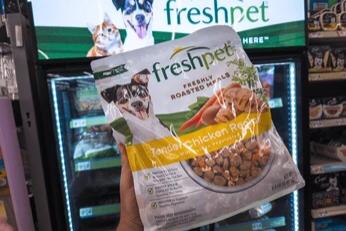
Freshpet fundamentally changed the pet food market by introducing refrigerated rolls and fresh meals displayed in the cooler section of grocery stores, right alongside human deli products. This visual placement made pet food look fresh and familiar, dissolving the mental barrier between human and animal meals. The company’s success proved that owners were not only willing but eager to pay a premium for food that looked less processed and more like what they would eat themselves. This strategy has resulted in Freshpet’s annual sales nearing $1 billion, solidifying the reality that an entire category of fresh, refrigerated pet food is now a normal and expected part of the weekly grocery shop, altering consumer perceptions about quality and value.
4. Gourmet Dog Food–Only Stores Are Opening
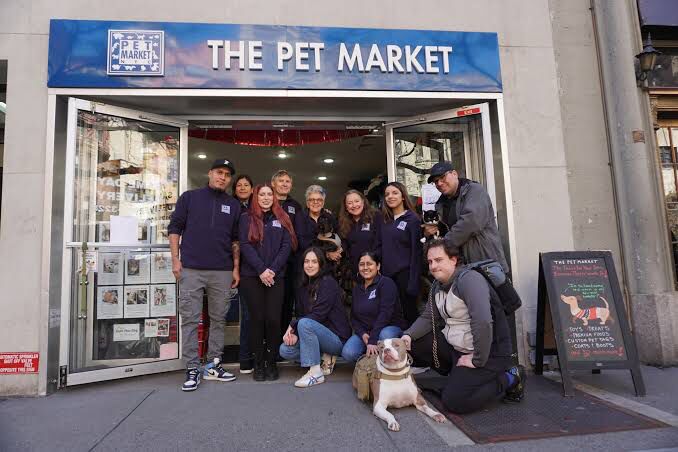
In major metropolitan areas, a new retail concept is emerging: specialized stores that sell only fresh and lightly cooked pet food. These boutique retailers, common in cities like New York, London, and Los Angeles, feature meals displayed in deli-style refrigerated cases, complete with ingredient labels and custom-portioned containers. The atmosphere is designed to feel less like shopping for “dog chow” and more like visiting a trendy gourmet grocer or a human meal-prep service. This elevated shopping experience transforms the simple act of buying pet food into a premium, engaging ritual, reinforcing the owner’s belief that they are providing a top-tier, carefully prepared meal, further justifying the higher price point.
5. The Rise of Home Cooking for Pets

A significant number of dedicated owners are taking control of their pets’ diets by preparing their meals at home. Driven by a desire for ingredient transparency, these owners follow recipes that often include chicken, brown rice, sweet potatoes, and kale, meticulously circulated on social media and specialized websites. While this shows incredible devotion, it also presents a risk: without proper guidance from a veterinary nutritionist, these homemade diets can inadvertently become nutritionally deficient, missing essential vitamins and minerals crucial for long-term health. However, the motivation is pure, owners want to physically express their love and care by serving meals they’ve prepared themselves, believing that no commercial product can replicate that level of personalized attention.
6. Personal Pet Chefs Are the Ultimate Luxury
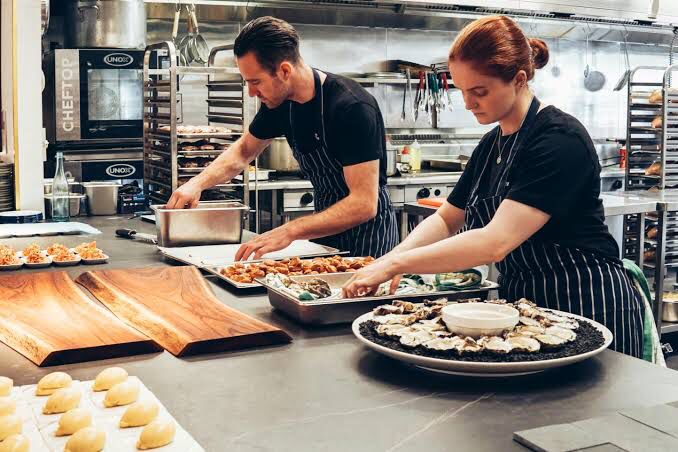
At the very top tier of pet luxury, a small but growing number of affluent pet parents are hiring personal chefs to manage their dog’s meals. These customized culinary services go beyond simple home cooking; they often involve sourcing organic, grass-fed meats, steaming fresh, seasonal vegetables, and even plating the food for a presentation that rivals fine dining. This extravagant practice reflects the ultimate expression of devotion, serving as a status symbol where the owner’s wealth and commitment to their pet are put on public display. Although rare, these four-figure monthly budgets for pet food show the extreme limit of the premium food movement and highlight how feeding choices have become intertwined with personal identity and luxury lifestyle.
7. The Enormous Cost Spectrum

The monthly cost of feeding a medium-sized dog now features a massive range, illustrating the sheer number of premium options available. While a bag of high-quality standard dry kibble might cost an owner $25 to $60 a month, opting for fresh, personalized subscription services like The Farmer’s Dog or Ollie can easily increase that monthly expense to $150 to $400. For those who choose to cook at home, factoring in groceries and essential supplements can push costs to $200 to $500 per month. At the extreme end, personalized, chef-prepared diets, as mentioned previously, can soar to $1,000 or more per month. This colossal gulf underscores how owner expectations have been stretched, with budget now primarily determined by the owner’s desired level of perceived quality and service.
8. Raw Diets Remain Highly Controversial
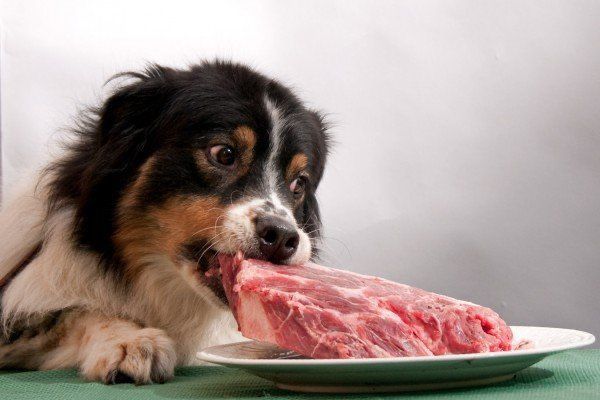
Raw meat diets, often consisting of raw muscle meat, organs, and bones, are a prominent segment of the premium market, marketed as being the most “natural” or “biologically appropriate” option, mirroring a dog’s ancestral diet. However, this trend is fraught with debate. Many owners passionately advocate for raw feeding, citing improvements in their pet’s coat shine, digestion, and energy levels. Conversely, the American Veterinary Medical Association (AVMA) and many veterinarians caution against this practice due to significant risks, most notably the potential for bacterial contamination from pathogens like Salmonella and E. coli, which can pose a health risk to both the pet and the human family. Despite these official warnings, the highly personalized and perceived “natural” element of raw food ensures its continued, albeit contentious, place in the premium feeding conversation.
9. Grain-Free Food is Popular, Despite Health Scares
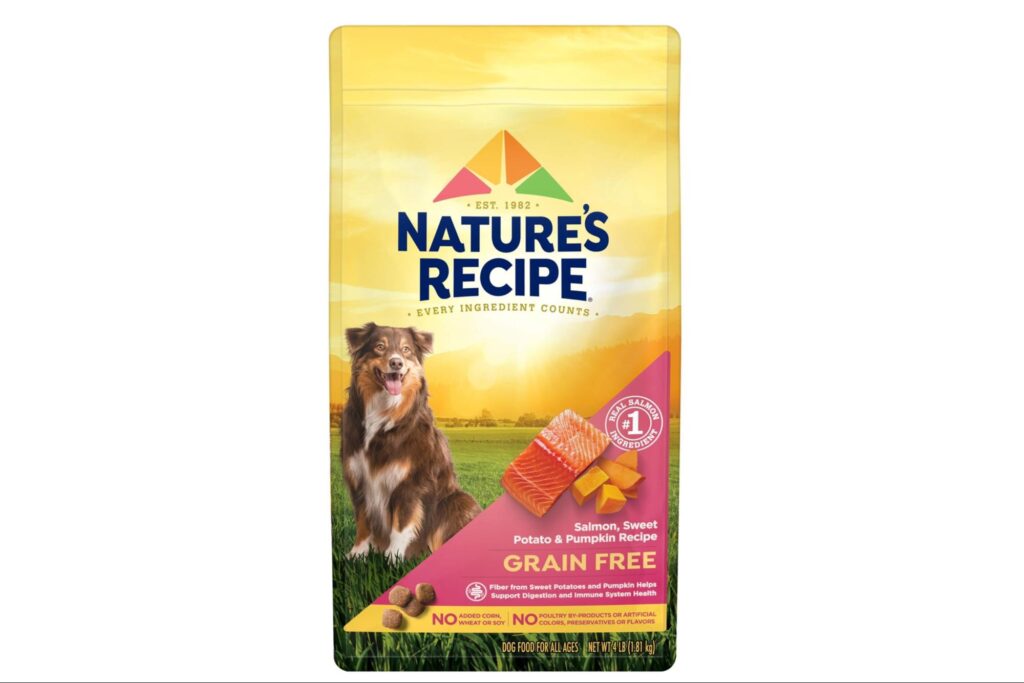
Grain-free pet food experienced a major surge in popularity as owners increasingly looked to mimic their own gluten-free or low-carb human diets, driven by the belief that grains were unnecessary fillers or allergens. However, this trend was complicated by a 2018 U.S. Food and Drug Administration (FDA) investigation linking certain grain-free, legume-rich diets to an increased risk of canine dilated cardiomyopathy (DCM), a serious form of heart disease in dogs. This ongoing investigation has tempered enthusiasm among veterinary professionals. Despite the health controversies and official warnings, grain-free options continue to sell well, demonstrating a critical point: often, powerful marketing and consumer sentiment, the desire for a cleaner, simpler ingredient list, can outweigh complex, sometimes contradictory, nutritional science in the premium pet food space.
10. “Human-Grade” Is a Processing Term, Not a Nutritional Guarantee
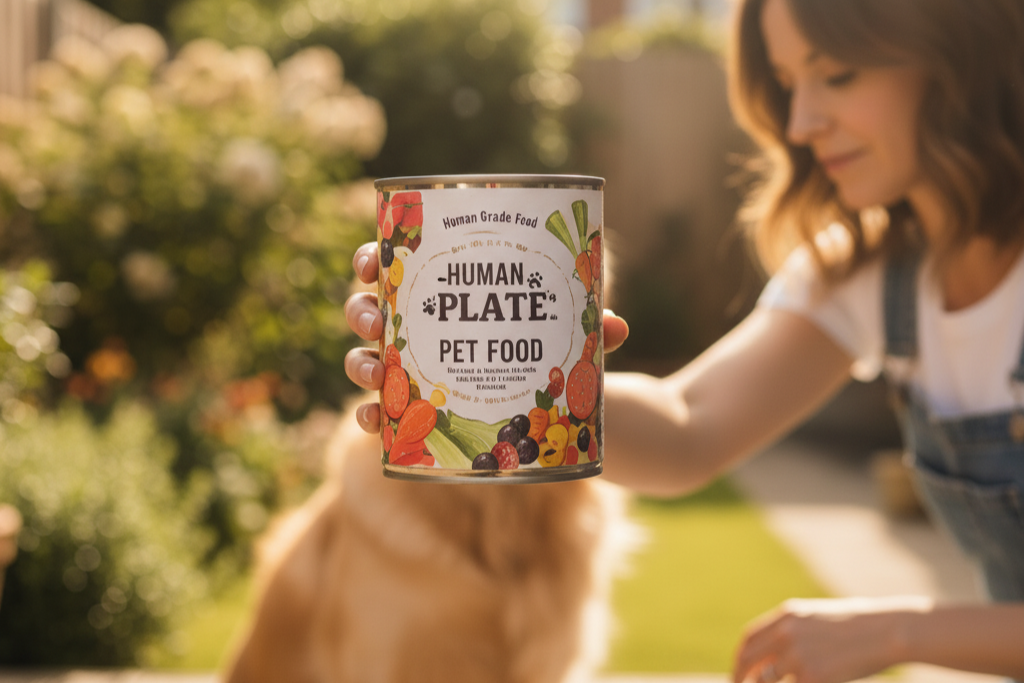
The term “human-grade” is one of the most powerful marketing tools in the premium pet food world, suggesting an unparalleled level of quality. However, its legal definition often falls short of what owners imagine. It primarily means that the ingredients and the finished product are processed, handled, and stored in a facility that meets federal human food safety standards. Critically, the label does not guarantee that the food is a complete and balanced diet for a dog or cat, nor does it mean it is nutritionally superior to a quality standard kibble. A trusted, scientifically formulated kibble tested by a board-certified veterinary nutritionist is often a far more appropriate, balanced, and healthy choice for a pet than a trendy meal packaged with a glossy “human-grade” seal. The term appeals more to the owner’s desire for purity than the pet’s actual nutritional needs.
11. Eco-Friendly Insect Protein Appeals to Conscious Owners
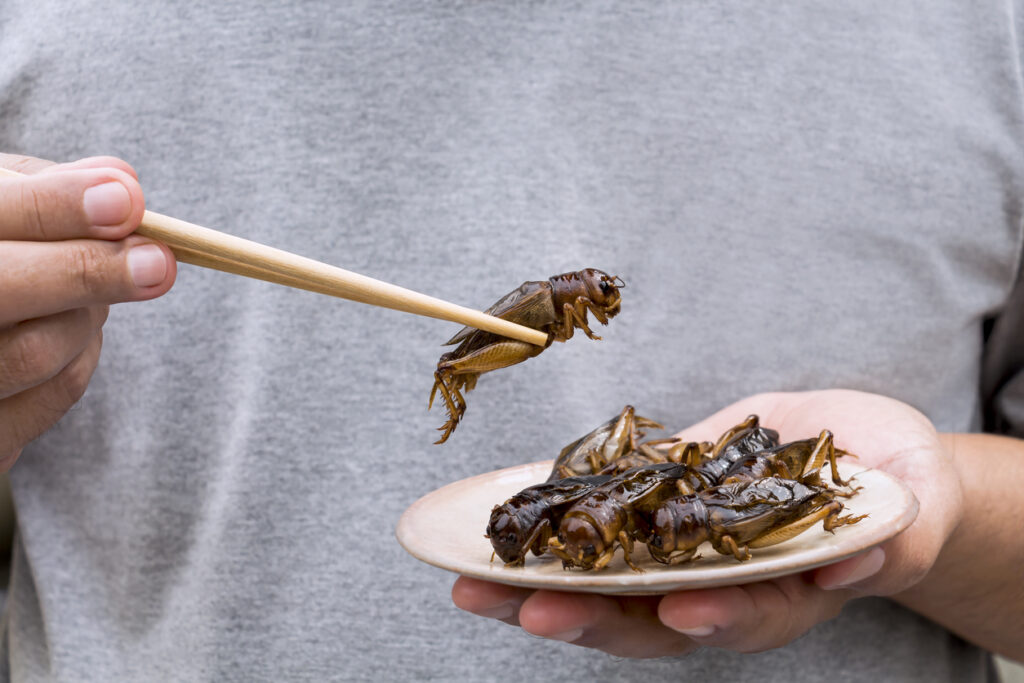
A novel and rapidly emerging frontier in the premium pet food market is the use of insect-based protein. Diets utilizing ingredients like black soldier fly larvae or crickets are marketed as a sustainable and highly digestible alternative to traditional livestock proteins such as beef or chicken. The appeal is strongly tied to environmental consciousness, allowing owners to dramatically reduce their pet’s carbon pawprint since insect farming requires significantly less land, water, and feed than traditional farming. For a growing segment of environmentally aware and often millennial pet parents, this niche product aligns their personal values with their feeding choices. The market for sustainable pet food is still small but is showing impressive growth, driven by this fusion of premium feeding and ethical sourcing.
12. Owner Perception Is Powerful and Drives Loyalty

In the premium pet food world, the perceived result is often as important as the scientific reality. Some dogs genuinely flourish on a high-quality, fresh diet, showing visibly shinier coats, more stable energy levels, and resolution of minor allergies or stomach sensitivities. Other dogs may show no measurable difference whatsoever compared to their previous kibble. Yet, if an owner believes that their dog is healthier, happier, or living a better quality of life on a $300-a-month meal plan, that belief alone is a powerful motivator for loyalty and continued spending. This strong psychological payoff, the feeling of having done the absolute best for their beloved pet, means that for many, their conviction in the product is nearly as influential as any clinical trial.
13. Affluent Households Dominate the Spending
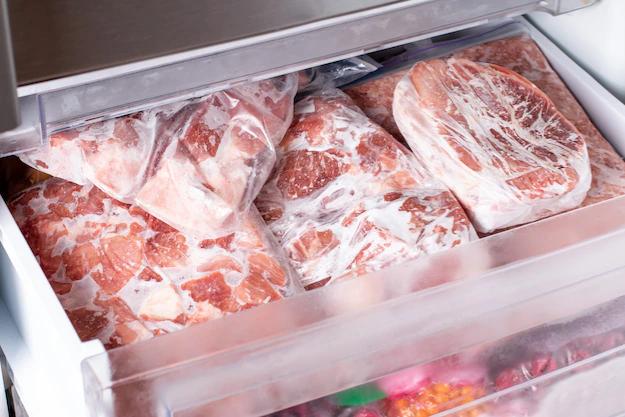
The premium pet food market is disproportionately fueled by higher-income households. According to market analysis, families with an annual income of $75,000 or more represent nearly two-thirds of total pet food spending, despite being a smaller overall percentage of the pet-owning population. For this group, the choice of a premium, fresh, or specialty diet is often a statement of lifestyle, care, and even social class. It ties into a broader identity where one’s personal values (like organic or fresh eating) are projected onto the pet. This demographic not only has the discretionary income to absorb the high costs but also views the expense as a non-negotiable part of their commitment to their pet’s well-being.
14. It’s About Lifestyle Alignment, Not Just Necessity
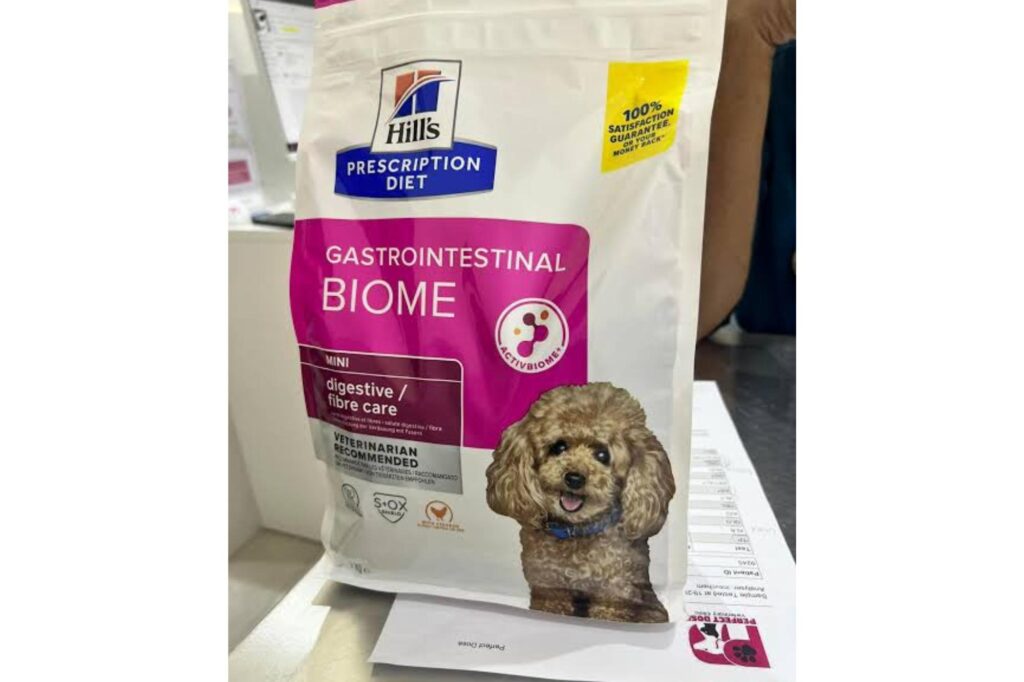
For the vast majority of healthy dogs, a well-balanced, high-quality, veterinarian-approved bag of dry kibble provides all the necessary nutrition. The movement toward premium, specialized diets is therefore often less about a veterinary necessity and more about lifestyle alignment. If owners personally adhere to a gluten-free, paleo, organic, or plant-based diet, they are increasingly likely to seek out similar, mirrored options for their pets. It is a desire for consistency in their home’s food philosophy. This trend is driven by the human desire to integrate the pet fully into the family’s way of life, turning a functional feeding choice into a philosophical statement about health and well-being.
15. Sleek, Convenient Delivery Services Are the New Standard
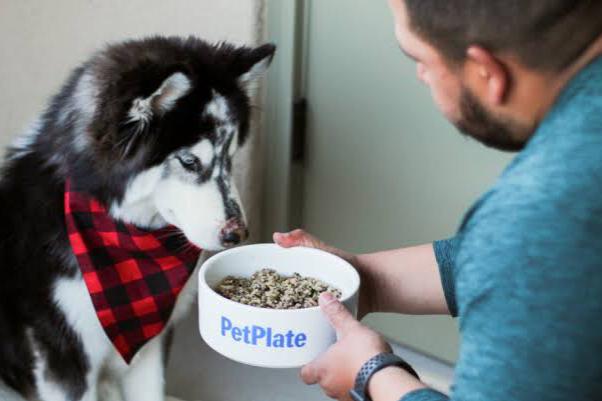
The explosive growth of direct-to-consumer services like The Farmer’s Dog, Ollie, and Pet Plate has made personalized, fresh pet food an effortless subscription. These companies use sophisticated, high-end marketing, beautiful packaging, and seamless door-to-door delivery to turn pet feeding into a convenient lifestyle service. Their offerings appeal strongly to busy millennials and Gen Z pet owners who value both personalization and convenience, often viewing subscription boxes as a desirable norm. The business model combines high-quality, freshly prepared ingredients with the ultimate convenience, making it easy for owners to feel like they are providing the best without the hassle of shopping or cooking, further normalizing a high monthly food budget.
16. Veterinarians Remain Cautious and Stress Research

While the premium market is booming, most veterinarians maintain a stance of cautious skepticism toward many boutique brands. Veterinary professionals consistently stress that nutritional balance and safety are paramount, not just marketing buzzwords like “fresh” or “natural.” They strongly encourage owners to prioritize foods that are formulated by a board-certified veterinary nutritionist and, most critically, have undergone Association of American Feed Control Officials (AAFCO) feeding trials. The concern is that while many smaller, trendy brands have loud marketing, they often lack the rigorous research, safety standards, and long-term testing that established, science-backed brands maintain, creating a valid tension between consumer desire and veterinary advice.
17. The Emotional Payoff is the Core Driver
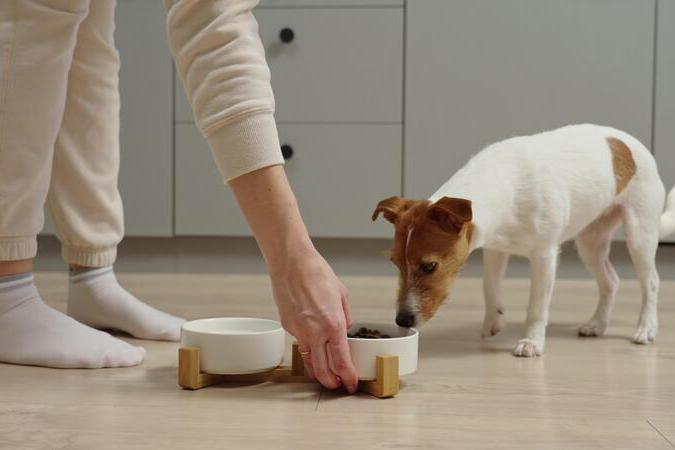
At the deepest level, the willingness to spend upwards of $1,000 a month on a dog’s diet is an act of love and emotional self-gratification. When an owner places a bowl of colorful, freshly cooked, or high-end food down, it triggers a powerful sense of pride, reassurance, and moral satisfaction. This feeling, the conviction that they are giving their pet the absolute best possible care and an ingredient for a longer, healthier life, is the ultimate return on investment. The premium food, therefore, is not merely sustenance; it is a tangible, visible expression of devotion, confirming the owner’s identity as a highly dedicated, loving pet parent.
18. Personalized Longevity Meals are the Future
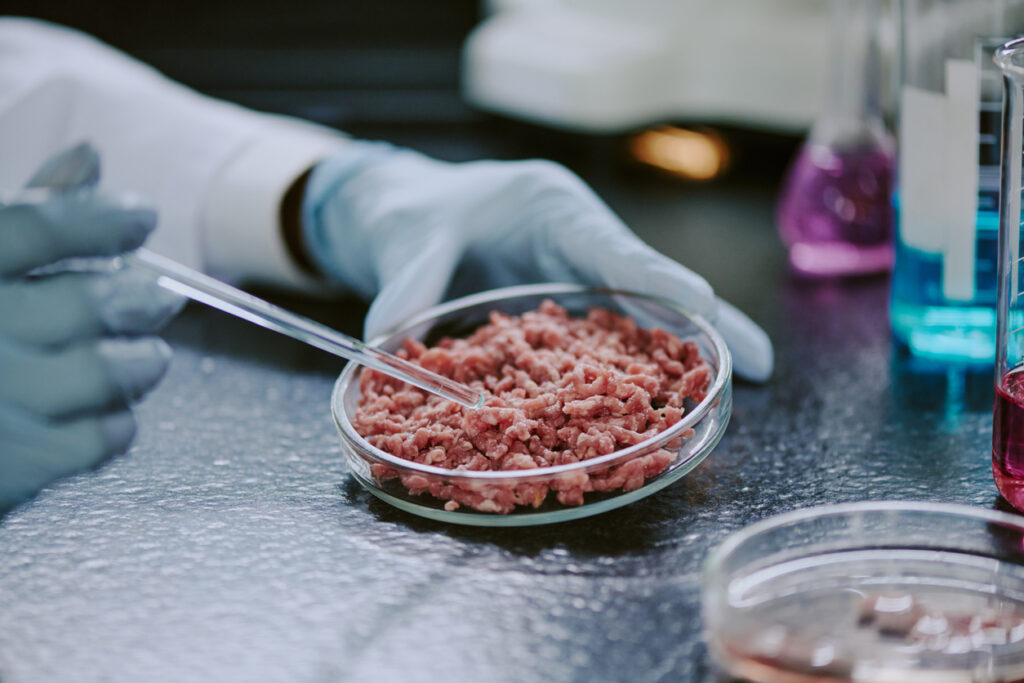
Market analysts are predicting explosive future growth, with the fresh and personalized pet food sector projected to surpass $10 billion annually by 2032. The next wave of innovation is already underway, moving beyond simple fresh food and toward hyper-personalized nutrition. Companies are now experimenting with DNA-tailored diets, specialty probiotic and supplement blends, and highly targeted “longevity meals” designed to slow aging and address breed-specific health risks. What seems like an extravagant luxury today, like customized, cooked meals delivered weekly, is quickly becoming the new baseline expectation for dedicated pet ownership, fundamentally rewriting the standards of companion animal care.
What’s the most extravagant thing you’ve ever done for your pet’s diet? Share your thoughts in the comments below!
This story 18 Reasons Premium Pet Food Is Taking Over was first published on Daily FETCH


